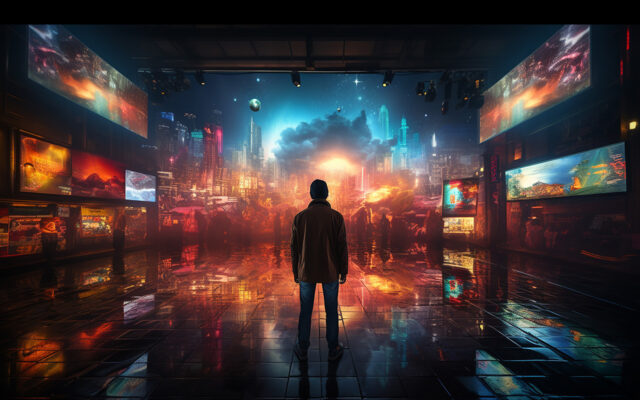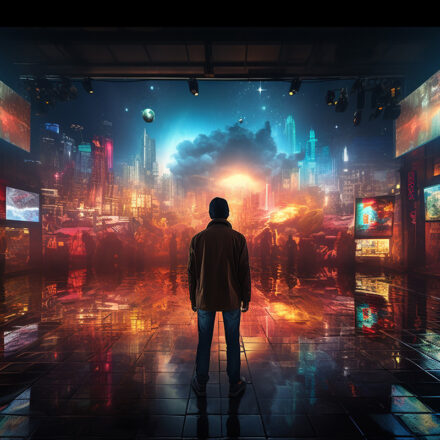When I mention to people that I’m gearing up to attend the National Association of Broadcasters event in Las Vegas with the Dell media and entertainment team, I always receive a lot of interest in how Dell Technologies supports this exciting industry. You may be surprised to learn that Dell Technologies has been helping major film studios, broadcasters and game developers create their media for years. Dell’s longstanding and proven reliability has positioned us being a highly regarded and trusted industry brand.
Over the years, Dell has been committed to driving innovation within their technology portfolio, from workstations to displays, as well as partnering with other industry leaders like NVIDIA and AMD to enable creatives to do their best work. An example of this is the incredible work produced by Orbital Studios using the Dell Precision Workstations. Check out the recent video Orbital produced discussing the role technology played in their recent efficiency gains.
As part of the storage team for Dell, we get to work on helping customers with processing and managing massive amounts of data. Storage has always been important for artist workflows like video edit, broadcast, visual effects and animation for films and episodic television, but newer workflows like AI, virtual production and game engine technology have emerged on the scene and are making storage, particularly all-flash storage, like Dell PowerScale, extremely valuable to accelerating workflows.
Generative AI (GenAI), fueled by machine learning algorithms, is shifting the paradigm across industries. But in the media and entertainment realm, this technology enhances creativity and amplifies human potential by allowing creators to fine-tune their vision, from generating realistic human faces to crafting entire landscapes. Filmmakers can now utilize GenAI to streamline pre-production processes such as concept art creation and storyboarding. Additionally, it opens up new avenues for procedural content generation in video games, enabling vast and dynamic virtual worlds. Still, other AI applications are worthy of more than an honorable mention because they’re creating dramatic efficiency gains, particularly in repetitive tasks, like rotoscoping.
Another interesting advancement for the industry is virtual production. Virtual production has revolutionized the filmmaking process, blurring the lines between physical sets and digital environments. By integrating real-time rendering technology with traditional filmmaking techniques, directors can visualize scenes in virtual environments, saving time and resources during production. From capturing complex visual effects to exploring alternative camera angles on the fly, virtual production empowers filmmakers to unleash their creativity like never before.
And then we have game engines, which have long been at the forefront of interactive entertainment, powering everything from AAA video games to immersive virtual reality experiences. However, their versatility extends beyond gaming, with applications in film, television, and advertising. By leveraging game engines like Unreal Engine and Unity, content creators can prototype, visualize and iterate on their ideas in real-time, facilitating collaboration and experimentation throughout the creative process.
These technology advancements are ultimately allowing media and entertainment companies to take audiences to new levels. Consider the latest Avatar or Mad Max movies as prime examples of how a studio can leverage these next-gen practices to break the ceiling on immersive storytelling. I’m filled with wonder considering the possibility of what broadcasting, movies and gaming will look like in the near and distant future. The possibilities stretch past the reaches of my mind.
That said, the computational demands of these innovative workflows are substantial. Processing enormous datasets and, in the instance of AI, training complex neural networks, requires powerful infrastructure. This is where PowerScale comes into play and why I’m so excited to join this incredible team. PowerScale offers a scalable architecture and the high-performance processing power needed to efficiently tackle large-scale media and entertainment workloads.
As you might imagine, I can become quite long-winded given the opportunity to talk about how Dell is helping to drive innovation in the entertainment space, but I know my enthusiasm is ultimately understood. Enabling creatives to push the boundaries of their imagination elevates our collective entertainment experiences to new and exciting levels. And who doesn’t want more of that?
Want to read more about how Dell PowerScale is optimizing media and entertainment workflows? Visit us online.


